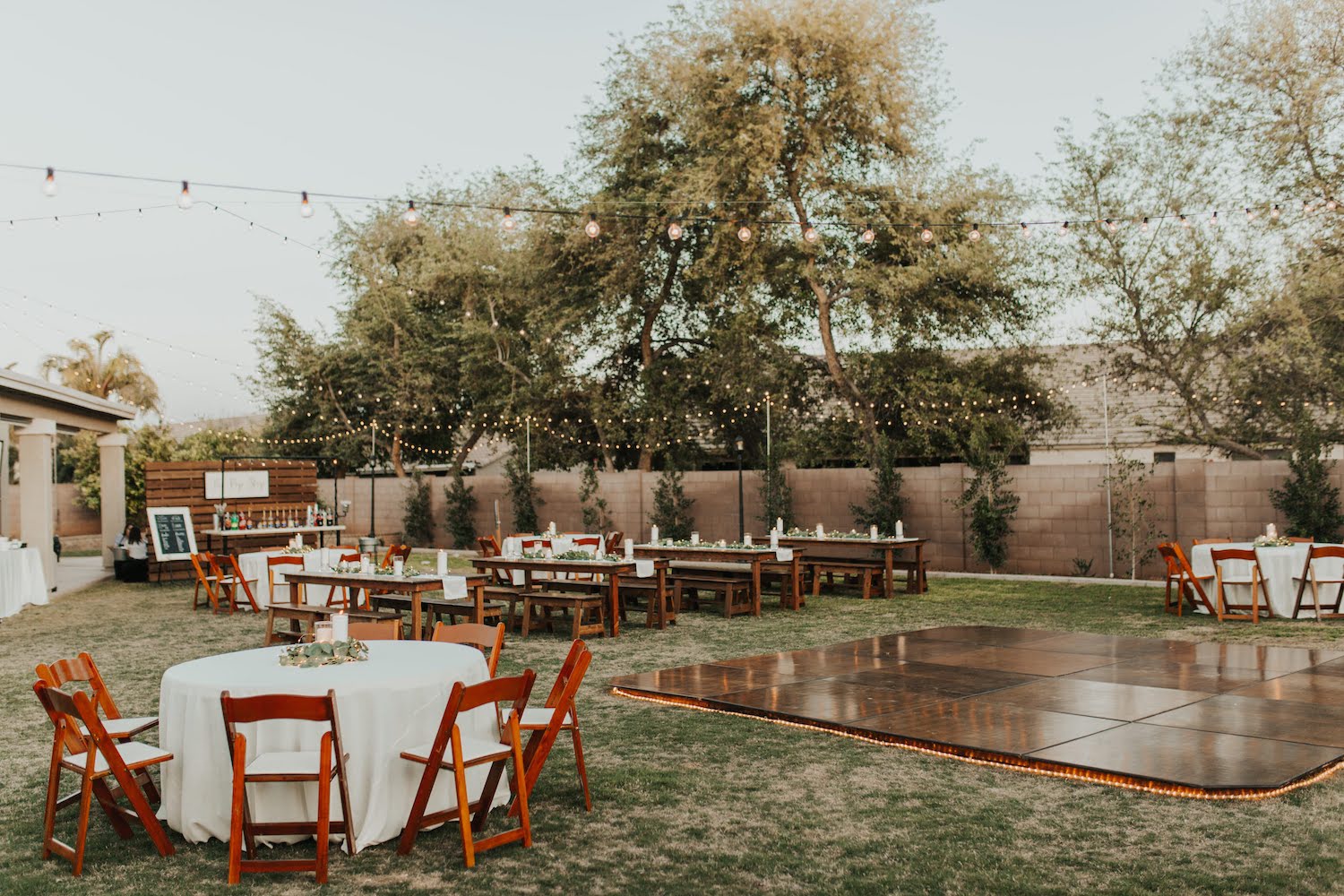Enhancing Innovation Via Color Concept in Light Emitting Diode Movement Floor Layouts
Enhancing Innovation Via Color Concept in Light Emitting Diode Movement Floor Layouts
Blog Article
Color concept is a crucial aspect of aesthetics, particularly when it comes to designing light-emitting diode dancing floors. The interaction of colors can significantly affect the mood and vibe of a venue. By grasping how hues work together, creators can create an environment that improves the overall experience for dancers. This piece explores the fundamentals of hue theory and its application in light-emitting diode dance surface layouts.
The primary hues are red, blue, and yellow. These colors cannot be created by blending different colors together. Secondary colors, such as green, orange, and purple, are created by mixing primary colors. Tertiary colors are formed by mixing a primary hue with a intermediate color. Understanding these basic relationships helps designers select hues that enhance one another and create a aesthetically pleasing show. Combining these colors on an light-emitting diode dancing surface can result to vibrant and stimulating effects that capture the attention of dancers.
Color value also holds a crucial part in aesthetics. Hues can be classified as hot or cool. Warm hues, such as crimson, tangerine, and golden, often to elicit emotions of enthusiasm and warmth. In contrast, cool colors like blue, emerald, and violet typically generate a calm and soothing environment. Designers can use these color values to establish the mood for different kinds of occasions. For instance, a party atmosphere may gain from hot colors that energize the crowd, while a further calm occasion might use cool hues to offer a calming effect.
In addition to hue pairings and temperature, brightness and saturation are essential factors to consider. Brightness denotes to how bright or dark a color looks, while intensity measures the intensity of a hue. Vivid, saturated colors can generate a lively and lively environment, ideal for dancing floors. On the other hand, gentler, lower saturated colors can generate a further subdued atmosphere. Through adjusting luminosity and intensity, designers can draw focus to particular sections of the dance surface or establish visual pathways, leading dancers through the space.
Ultimately, it is essential to consider the emotional effects of hue in LED dance surface layouts. Various colors can evoke different feelings and responses. For example, crimson is often linked with passion and dance floor rental for client appreciation events energy, while blue can be soothing and tranquil. Understanding these continue reading this associations enables creators to strategically apply colors to influence the actions of participants. By incorporating hue principles into light-emitting diode dance surface layouts, designers can enhance the overall encounter, making it memorable and enjoyable for all participating.